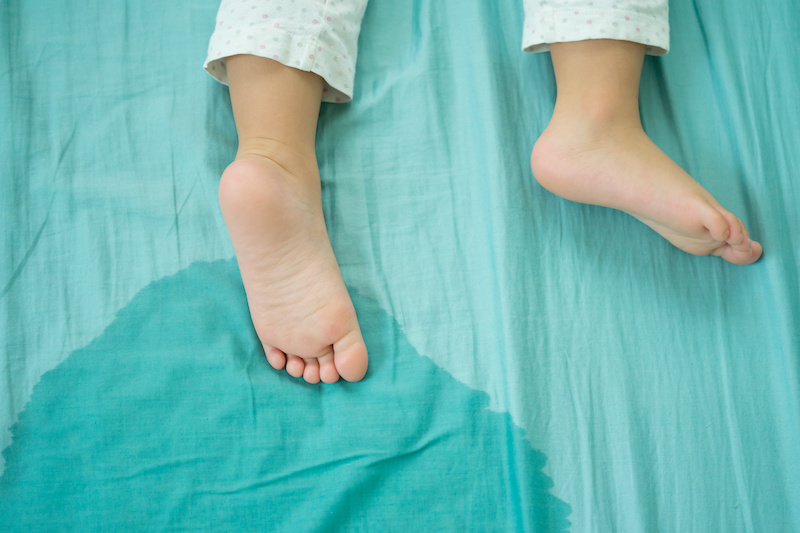Be a VIP: Voiding Improvement Program helps kids with incontinence

Urinary incontinence (enuresis) isn’t just embarrassing for kids — it can lead to low self-esteem, stress, and even bullying. Because bedwetting, daytime wetting, and other problems are so personal, many children and parents are reluctant to talk about them. But families don’t have to stay silent. An approach called voiding improvement can help determine what’s contributing to urinary incontinence in children who are older than potty-training age (5 years old and have been consecutively dry for at least six months) and give your clinician the information they need to create an individualized treatment plan.
“A lot of what we do involves demystifying the condition and explaining how common it is,” says Pamela Kelly, nurse director of the Voiding Improvement Program (VIP) at Boston Children’s Hospital. Here, she shares more about the evaluation process and what families can expect.
Seeking answers about enuresis
The nurse practitioners, nurses, and doctor on the VIP team evaluate kids by talking with the family and asking about the child’s daily habits and wetting episodes. Depending on your child’s unique situation, they might also recommend tests such as ultrasound, uroflowmetry, and urodynamics to identify any structural or anatomical issues. The results of these tests can help guide treatment.
Lifestyle measures for urinary incontinence
Many cases of wetting can be improved simply by making changes to your child’s habits. For example, kids can develop poor elimination habits — like withholding or not taking the time to completely empty their bladders or have a complete bowel movement — because they’re too distracted by other activities. Constipation can also contribute to wetting when backed-up stool presses against the bladder, leading to accidental urination. The clinicians in the VIP can help your family address these and other potential incontinence triggers.
Sticking to a schedule
A timed voiding schedule can help promote healthy toilet habits and keep your child’s bladder as empty as possible to reduce the risk of wetting. Ideally, your child should urinate first thing in the morning, as well as every two to three hours during the day and before going to bed.
Taking the next steps
If your child doesn’t improve with these changes, they might have voiding dysfunction. In this condition, the bladder contracts during urination, ultimately leading to incontinence or poor bladder emptying. Voiding dysfunction responds well to noninvasive approaches such as biofeedback training, relaxation techniques, and behavioral modification. In some cases, medication can also be helpful.
In addition, the VIP team will collaborate with your child’s pediatrician and school nurse if necessary to ensure that they’re practicing good urinary habits both at home and at school. Urinary incontinence can seem overwhelming, but it’s treatable — and you don’t have to go it alone.
Learn about the Voiding Improvement Program.
Related Posts :
-

Parsing the promise of inosine for neurogenic bladder
Spinal cord damage — whether from traumatic injury or conditions such as spina bifida — can have a profound impact on bladder ...
-

Modeling urinary tract disorders on a chip: Zohreh Izadifar
When a new tissue sample arrives from the Department of Urology, the Boston Children’s Hospital lab of Zohreh Izadifar, ...
-

Helping manage ‘sensitive issues’: How our psychosocial team helps kids with urologic concerns
In Boston Children’s Department of Urology, urologists, pediatricians, and nurses aren’t the only ones who care for kids ...
-

Making a change: After a second opinion for spina bifida care, Sydney is thriving
At almost 10 years old, Sydney MacKay is sassy, spunky, and wants to be as independent as possible. Because she was ...





